Get Started for FREE
Sign up with Facebook Sign up with X
I don't have a Facebook or a X account
 Your new post is loading... Your new post is loading...
 Your new post is loading... Your new post is loading...

Drora Arussy's curator insight,
October 27, 2014 8:44 AM
Biology, history, religion, foreign language, math - irrespective of the topic, in order for it to be real, it must be experienced. Authentic texts and situations can be created through drama and other arts based projects. This is the base - now add all of the extra tools and methods, in context.

Kate JohnsonMcGregor's curator insight,
June 3, 2014 11:11 AM
I'd really like to make the transition in my Library Learning Commons to integrate a makerspace. My goal is to help promote a maker mentality in my school. This is a great resource to introduce the idea to teachers.

Nicoletta Trentinaglia's curator insight,
January 28, 2014 6:46 AM
interesting suggestion on possible learning activities based on FC approach 
Miguel Angel Perez Alvarez's curator insight,
April 8, 2014 11:34 AM
Una metodología que facilita métodos activos del aprendizaje.

Alfredo Corell's curator insight,
April 8, 2014 3:09 PM
The author believes that flipped instruction tools and techniques are the right set of tools in the right package for many educators and classrooms, and more importantly for our students. KELLY WALSH

Alistair Parker's curator insight,
January 31, 2013 3:24 AM
Beth Dichter's insight:
If you are looking for "mobile learning and technology-based activities that facilitate a sense of community in a variety of educational and training settings" then this post is for you. The site provides over 25 activites with detailed descriptions that include goals, procedures and samples of final products. You may also choose to look at the site as an eBook. If you are planning to make use of mobile technology as a learning tool this site will provide a wealth of ideas! |

Charles Nyakito's curator insight,
December 13, 2014 1:27 AM
For sure when using the experiential method of teaching and learning, the teacher must emphasize what areas of the teaching/learning process the learners must master and transfer or otherwise the learners might simply take the learning for granted. 
John G Mandziuk's curator insight,
April 7, 2015 3:26 PM
We must link learning to student passions to make hands on minds on.

Melissa Ainsworth's curator insight,
June 9, 2013 6:13 AM
This website has useful information for teachers and students about design thinking and interpretation. It looks at many elements of design and how to approach design in relation to technology. This website is helpful to give teachers some stepping stones and guidance as to where to go with design and technology.
Design in Practice's curator insight,
August 2, 2014 10:45 AM
Design thinking is an approach to learning that includes considering real-world problems, research, analysis, conceiving original ideas, lots of experimentation, and sometimes building things by hand |



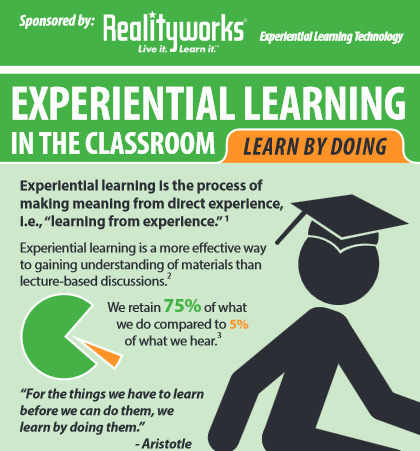

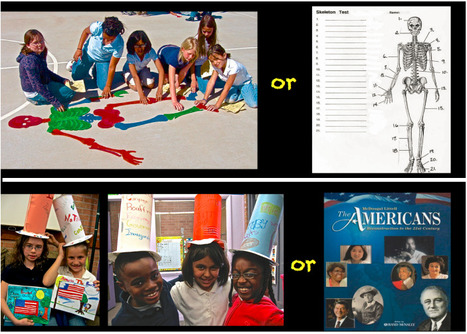
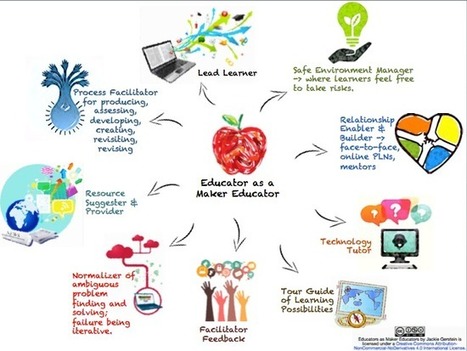
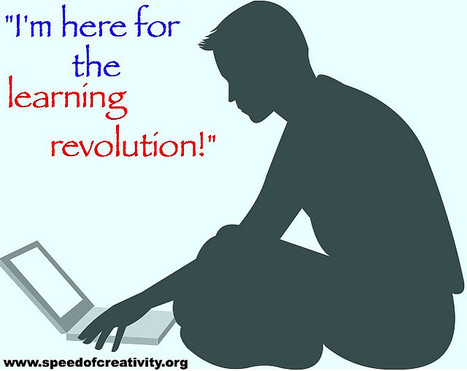
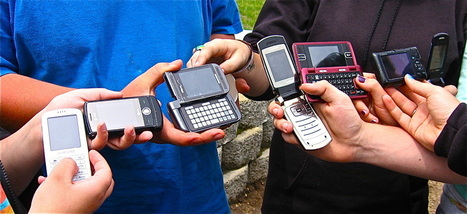

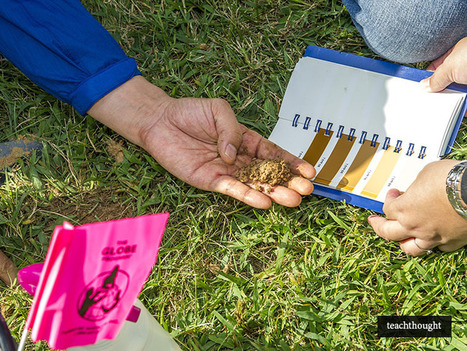

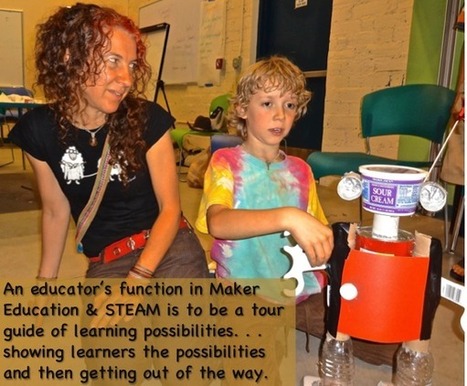


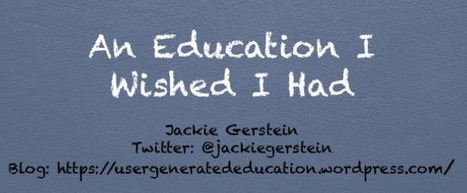
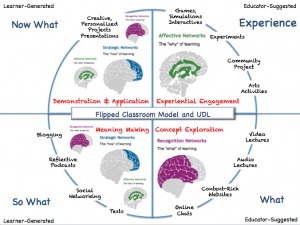





Career and Technical Education programs (often called vocational schools) have their students learn by doing. Learning by doing is known as experiential learning. Why is experiential learning beneficial? Below are the three reasons described in this post.
Reason 1: Experiential education promotes positive attitudes towards learning.
Reason 2: Experiential education provides true-to-life experience that enhances career exploration.
Reason 3: Experiential education helps create more engaged members of the workforce.
Each of these reasons is discussed in the post. There is also an excellent infographic, Experiential Learning in the Classroom: Learn by Doing.